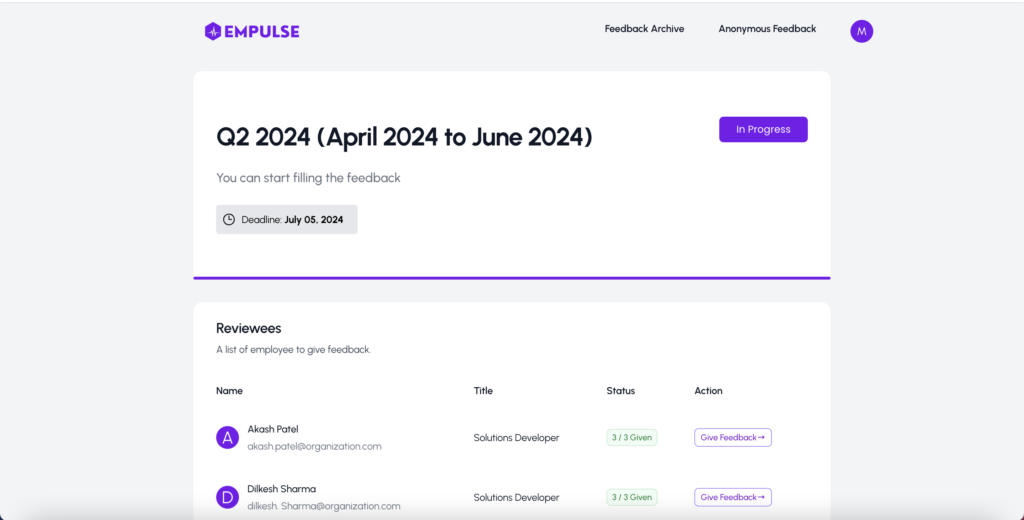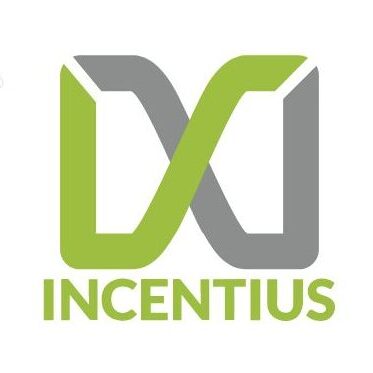Optimizing Efficiency and Cutting Costs with Custom and Open-Source Solutions Mayur Patel July 10, 2024
Let’s explore how businesses can significantly improve their operations and reduce costs by leveraging custom-built tools and open-source solutions. We’ll dive into strategies for optimizing workflows, maximizing productivity, and achieving substantial savings through the smart integration of tailored software and freely available technologies. Whether you’re a small startup or a large enterprise, our insights will help you streamline your processes and boost your bottom line.
Understanding Subscription Types
In the world of business, subscriptions generally fall into two main categories: mandatory and optional. Understanding these categories helps in making informed decisions about when to invest in paid subscriptions and when to seek alternatives.
1. Mandatory Subscriptions
Certain tools are essential for maintaining efficient operations and cannot be substituted easily. These are mandatory subscriptions, where paying for a subscription service is crucial for the smooth functioning of the business. Examples include:
- HR Management: Tools like greytHR, workday, and BambooHR are indispensable for managing employee records, payroll, attendance, and compliance. They offer comprehensive solutions that streamline HR processes, making them a necessary investment for any business.
- Customer Relationship Management (CRM): Solutions like Zoho, and HubSpot CRM help manage customer interactions, sales processes, and data analytics. These tools are vital for maintaining strong customer relationships and driving sales growth.
These tools offer features and capabilities that are critical to business operations, making their subscriptions mandatory.
2. Optional Subscriptions
On the other hand, some subscription services offer a wide range of features, not all of which may be necessary for every business. In many cases, businesses find themselves paying for a full subscription package while only needing a few specific features. This can lead to unnecessary expenses and underutilization of the service. Examples include:
- Marketing Tools: Platforms like HubSpot offer comprehensive marketing, sales, and service software. However, if a business only needs email marketing or social media scheduling, the full subscription can be overkill.
- Project Management Software: Tools like Asana or Monday.com provide extensive project management features. A business that only requires task tracking might find the premium plans, which include advanced analytics and integrations, unnecessary.
In such scenarios, it may be more cost-effective to develop custom solutions or seek open-source alternatives focusing solely on the required features. By doing so, businesses can avoid paying for unused features and allocate resources more efficiently. For instance, a company might use open-source tools like Uptime Kuma for monitoring applications and Umami for website analytics, providing essential functionalities without the high costs associated with premium subscription services.
Our Approach to Subscriptions
We decided to take a strategic approach to subscriptions. By categorizing our needs, we were able to determine when it was worth paying for a full subscription and when it made more sense to develop our own tools. This approach not only saved us money but also allowed us to tailor solutions to our exact needs, saving time in the process.
Our Strategy for Cost and Time Efficiency
In our quest to optimize efficiency and cut costs, we developed custom tools tailored to our specific needs. By focusing on essential features and eliminating unnecessary complexities, we created solutions that saved us both time and money. Here are some examples of how our strategic approach to in-house development paid off.
TestOla – Online Assessment Tool
The Challenge: We were using a subscription-based tool to evaluate candidates, but this solution presented several challenges. The monthly subscription costs were high, particularly burdensome when we didn’t have ongoing hiring needs. Our hiring process is targeted and selective, focusing on specialized skills rather than mass recruitment, making the monthly subscription even less justifiable. Furthermore, the tool included many features that we never used, resulting in wasted resources. Configuring the tool to fit our specific requirements was also a time-consuming process, adding to the inefficiency.
Our Solution: To address these issues, we decided to build our own online assessment tool, TestOla. We started by conducting a detailed analysis of our actual needs, pinpointing the essential features required for our recruitment process. This allowed us to design a streamlined tool that eliminated unnecessary complexities and focused solely on our specific needs. By creating a user-friendly interface and essential functionalities, we significantly reduced the time spent on configurations. Developing TestOla in-house also translated to substantial cost savings by eliminating the need for a costly subscription service.

Outcome: TestOla proved to be an efficient and cost-effective solution for our online assessment needs. By focusing on essential features, we expedited the development process and created a tool that perfectly met our requirements. The tailored functionalities and user-friendly interface saved us considerable time during configurations. Additionally, we avoided the recurring costs associated with the paid tool, resulting in savings of approximately $400 per month. The development of TestOla demonstrated the benefits of custom solutions, providing both operational efficiency and financial prudence.

Empulse – Employee Feedback Tool
The Challenge: For our quarterly feedback cycles, we required a feedback tool with specific features such as Single Sign-On (SSO). However, the available paid tools that offered these features were either too complex to set up or required purchasing top-tier subscriptions. Our requirements extended beyond SSO to include functionalities such as loading employee data, configuring manager-employee mappings, setting time periods for feedback submission, and rolling out the feedback efficiently. While some tools on the market offered partial solutions, they either lacked the exact features we needed or included critical features like SSO only in their highest-priced plans.
Our Solution: To overcome these challenges, we developed Empulse, an employee feedback tool tailored to our specific needs. We started by identifying the core features essential for our feedback process. Empulse was designed to be user-friendly and straightforward, focusing on functionalities such as SSO integration, employee data loading, manager-employee mapping configuration, and setting time periods for feedback collection. This customized approach ensured that Empulse was not only easy to configure but also aligned perfectly with our operational requirements.

Outcome: Empulse proved to be an efficient and cost-effective solution for our employee feedback cycles. By developing a tool that included only the necessary features, we created a system that was simple and effective. The ease of configuration and use allowed us to streamline the entire feedback process, from data collection to feedback rollout. This custom solution saved us both time and money by eliminating the need for expensive, overly complex subscriptions and providing a tool that catered specifically to our needs. The development of Empulse highlighted the advantages of tailored solutions, ensuring operational efficiency and significant cost savings.

Leveraging Open-Source Tools
Our development team strategically replaced paid subscriptions with open-source tools to optimize costs. Using GitHub for project management, we meticulously tracked each step through detailed tickets. We integrated Uptime Kuma for monitoring the health of our applications, websites, and APIs, and Umami for site analytics. Each integration was systematically documented, ensuring smooth implementation and efficient tracking. These open-source solutions provided essential services and valuable insights, delivering high functionality without the steep costs associated with commercial software.
Conclusion
By evaluating our subscription needs and developing feasible custom tools, we achieved significant savings in both time and money. Our tailored solutions like TestOla and Empulse demonstrate that building in-house tools can be a smart alternative to costly subscriptions, especially when the full range of features is not required. This strategic approach has streamlined our operations and ensured we only pay for what we truly need.








